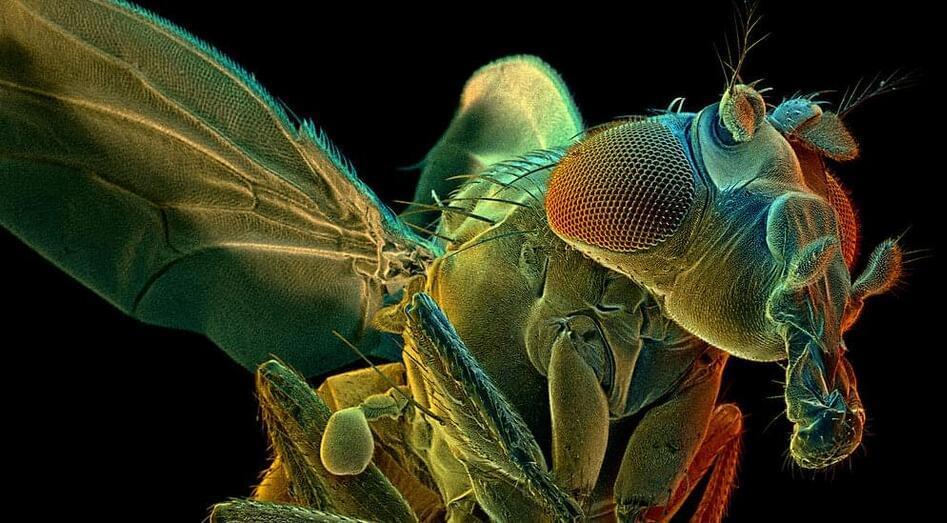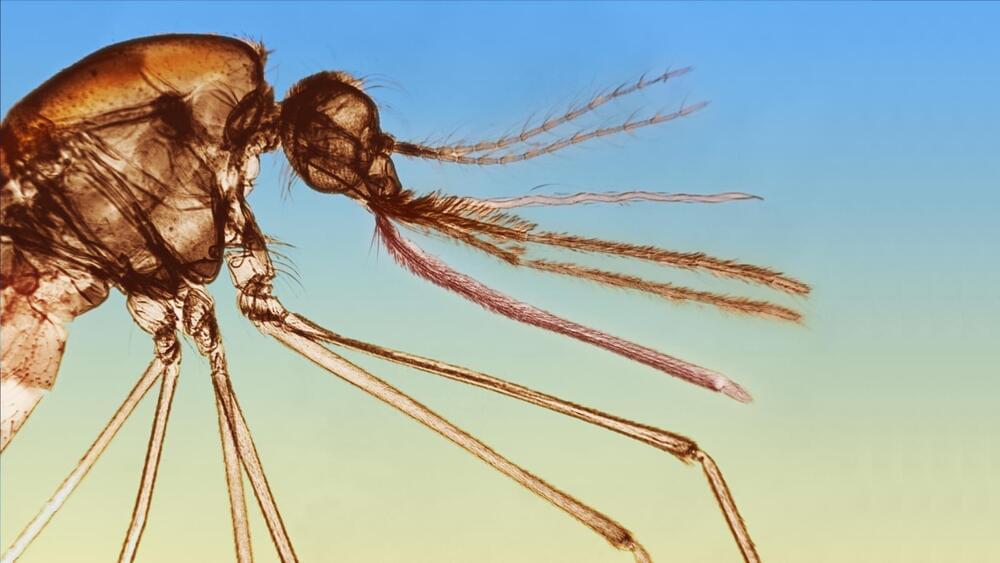Dec 27, 2021
Ancient DNA study reveals large-scale migrations into Bronze Age Britain
Posted by Genevieve Klien in categories: biotech/medical, genetics
A major new study of ancient DNA has traced the movement of people into southern Britain during the Bronze Age. In the largest such analysis published to date, scientists examined the DNA of nearly 800 ancient individuals.
The new study, led by the University of York, Harvard Medical School, and the University of Vienna, shows that people moving into southern Britain around 1300‒800 BC were responsible for around half the genetic ancestry of subsequent populations.
The combined DNA and archaeological evidence suggests that, rather than a violent invasion or a single migratory event, the genetic structure of the population changed through sustained contacts between mainland Britain and Europe over several centuries, such as the movement of traders, intermarriage, and small scale movements of family groups.


















